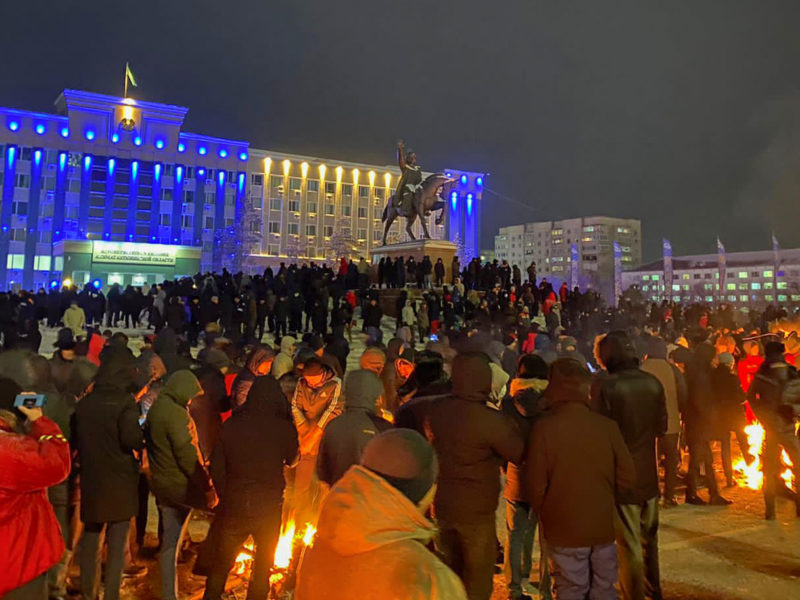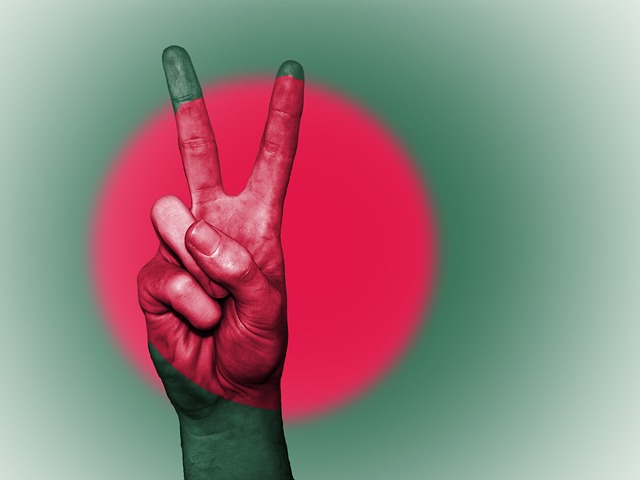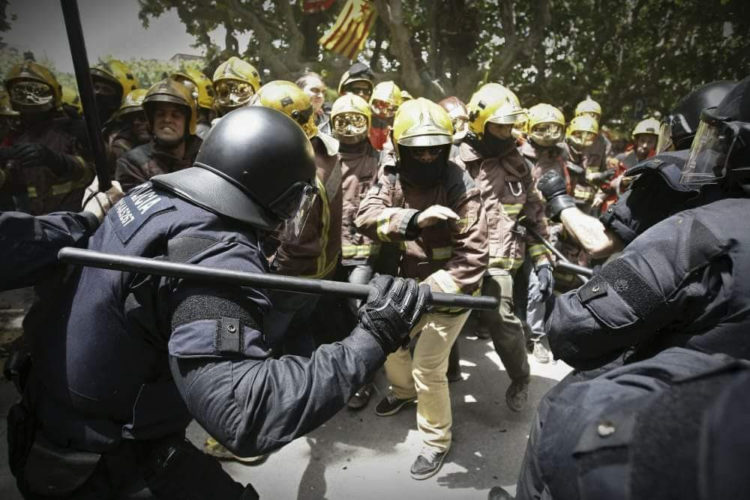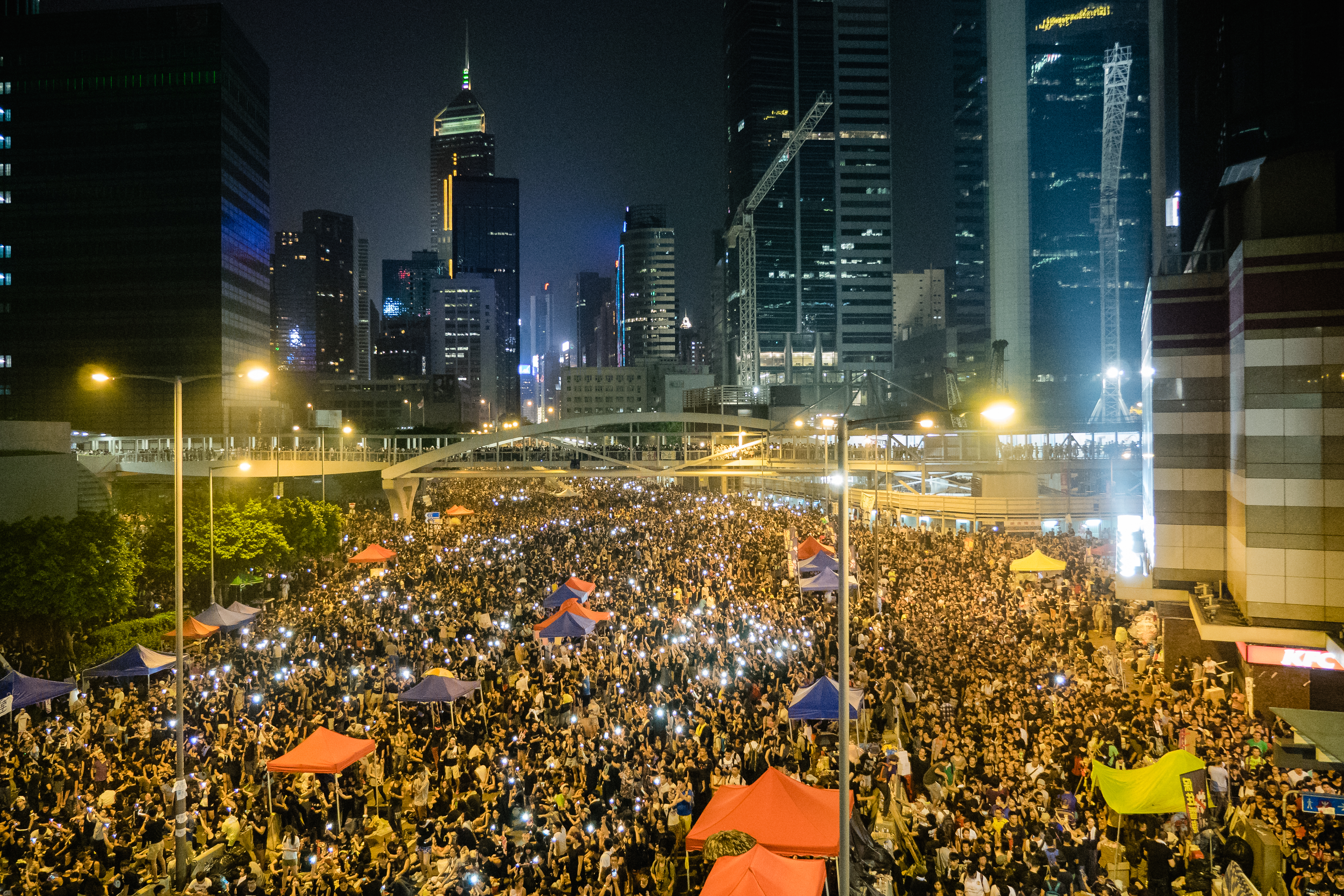Guest post by Mariya Y. Omelicheva and Lawrence Markowitz
The new year in Kazakhstan—a former Soviet republic known as a strategic linchpin in the vast Central Asian-Caspian Basin region—began with the largest protests since the republic’s independence in 1991. Spurred by grievances over corruption, slow political reform, and growing economic disparity, the peaceful unrest that began in the western town of Zhanaozen quickly spread to other major cities and towns. Within days, nationwide protests were eclipsed by violent clashes between rioters and the government’s security forces in Almaty, prompting President Kassym-Jomart Tokayev to sideline the powerful former president, Nursultan Nazarbayev, purge his supporters from the security apparatus, and request Russian-led military intervention by the Collective Security Treaty Organization (CSTO) to restore control on Almaty’s streets.
The scale of protests did not take Central Asia observers by surprise. Since 2018, Kazakhstan has had more protests than any other country in the region. How, though, did peaceful protests spiral into an explosion of violence? Research on criminal conflict offers some clues.
Criminal groups play an increasing role in countries all over the world. In countries like Kazakhstan, where governments do not exercise a monopoly on violence, significant pockets of “criminal governance” can emerge, enabling violent groups to influence elections, shape market institutions, intimidate and target political and economic rivals, and even command extensive operations from within prison walls. In countries in conflict, criminal groups often collaborate with insurgents, playing a critical role in “wartime political orders.” Our research on organized violence extends the literature on criminal conflict to show how organized criminal groups can use violence to hijack peaceful social protest.
In the case of Kazakhstan last month, organized criminal actors appear to have been mobilized at the behest of a faction within the political elite who sought to unseat President Tokayev. The first president of Kazakhstan—Nursultan Nazarbayev—entrenched his power by consolidating control over the country’s lucrative resources (Kazakhstan is the biggest oil producer in Central Asia). His family members and confidants were placed in positions of authority in key strategic sectors of the economy, and many have been implicated in corruption and patronage of criminal groups. Although Kazakhstan has not seen overt infiltration of criminal interests into the national government, organized criminal actors have been influential in towns and cities where major commerce, transportation, and fossil fuel extraction sites create lucrative opportunities.
Flourishing corruption under Nazarbayev, including reported ties between local and regional government offices and criminal groups, prepared the way for criminal involvement in the January 2022 unrest. The Almaty protests were peaceful until an armed mob hijacked the demonstrations to defend the position of the political elite that protects them. Observers noted that police officers in Almaty suddenly disappeared and an unruly mob led by a well-known crime boss, Arman Dzhumageldiev, set cars on fire and stormed government offices. The disorder, in turn, appears to have led Tokayev to move more aggressively against Nazarbayev and call upon Russia for support.
The events in Kazakhstan are not the first time organized criminal actors have created an inflection point that, combined with popular protest and competition among elites, dramatically altered the trajectory of a Central Asian autocratic regime. There have been at least two dozen instances of organized violence in the region since 1991 that included participation from criminal groups. Taking advantage of political turbulence, criminal interests have exploited tensions and incited violence through criminal agitation in order to capture (or defend) a greater share of the criminal market or the political interests sympathetic to them.
Until now, organized criminal groups have only had significant national impact in Central Asia during episodes of large-scale violence, such as Tajikistan’s civil war in the 1990s or Kyrgyzstan’s inter-ethnic violence in 2010. During critical moments when state authority broke down, criminal actors forged alliances with insurgent, militia, or other mobilized groups that penetrated deeply into state structures. These moments, however, are exceedingly rare.
Recent events in Kazakhstan illustrate a new way in which organized criminal violence impacts national politics: by creating local disruptions that upset a fragile power-sharing arrangement and tip the balance in competitions among elites. In Kazakhstan, this has ended the Tokayev-Nazarbayev alliance, ushered in an era of political uncertainty, and pushed the Tokayev administration into a closer relationship with Russia. This is markedly different from other incidents in Central Asia when organized criminal actors were drawn into local violent confrontations with an encroaching state. Previously, these local conflicts stayed local. For example, in December 2011, riots and a police crackdown in Zhanaozen also turned violent when the regional governor, who had ties to a criminal group, supplied the violent agitators in order to shift authority at the town’s oil refineries to his underlings. Similarly, ongoing national-local conflicts in Tajikistan and the 2005 Andijan Uprising in Uzbekistan, while fueled by extensive criminal networks, have remained local.
Organized crime groups are often the connective tissue linking socio-economic grievances, deep-seated corruption, and local unrest in political systems founded on elite bargains that furnish extreme privilege to a few. To maintain their inordinate wealth and authority, government elites often embrace violent actors, including criminal groups, because they offer a low-cost and high-reward strategy as well as low risk of public and international condemnation. What the 2022 events in Kazakhstan reveal is how, even when criminal actors serve as a mobilizing resource for their endangered or erstwhile local patrons in government, their exploitation of moments of instability can have far-reaching—and unintended—effects. The behind-the-scenes tussle over political and economic influence in Kazakhstan is ongoing. For the time being, it appears that the beleaguered president has emerged as a winner in the intra-elite feud.
Mariya Y. Omelicheva is Professor of Strategy at National Defense University and Lawrence P. Markowitz is Professor of Political Science at Rowan University. Their book, Webs of Corruption: Trafficking and Terrorism in Central Asia (Columbia University Press), was published in 2019.







